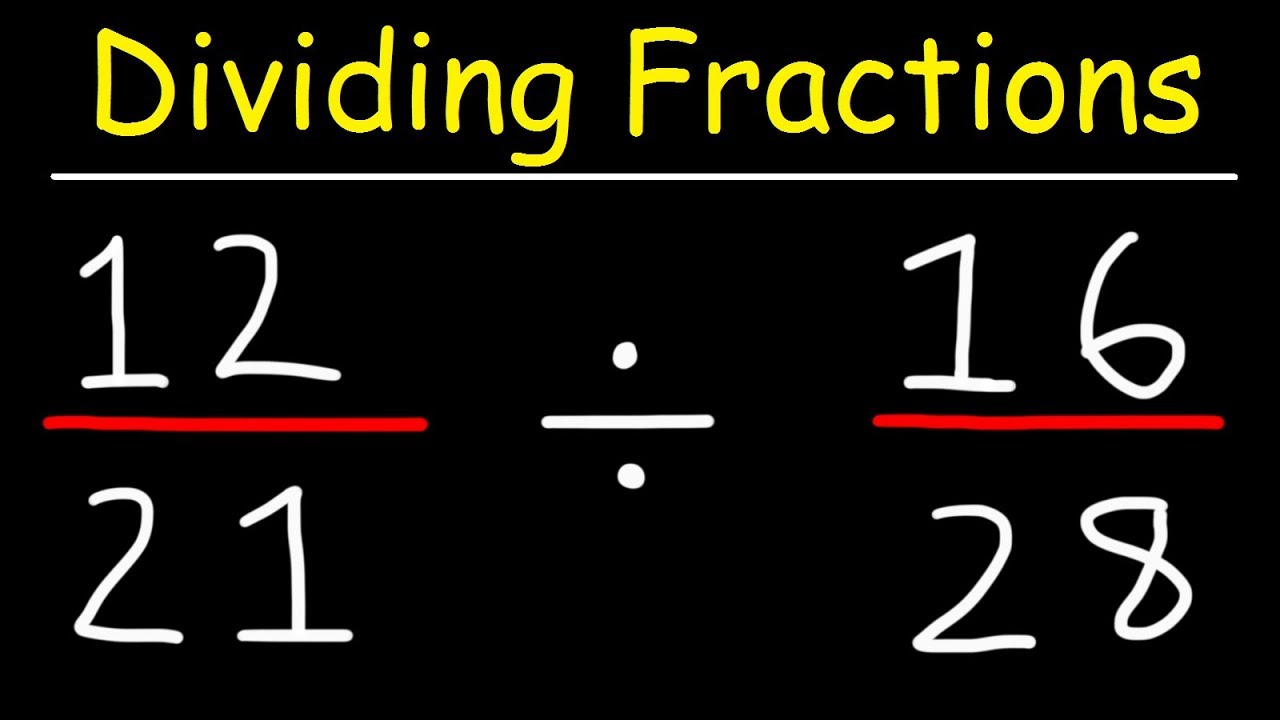A fraction is simply two numbers that add up to a larger number. For example, if you had 4 apples and 5 oranges, then you would have 10 apples and 15 oranges. The ratio of 10.15 is known as the fraction 1/10.
In mathematics, some rules allow us to convert any fraction into a simple form. These rules are called common denominators and they will be explained in this article. To find a common denominator, we need to take the smallest possible multiple of the numerator that is equal to the largest possible multiple of the denominator. Let’s say that you want to divide 9 by 3. To do this, you need to multiply 9 times 6. Now you can see why the common denominator is 60.
It’s important to remember to keep your original numbers on both sides when you use this method. So, if you wanted to know how many more oranges were needed to make 12 apples instead of 11, then you would just subtract 2 from the total amount.
What Are Whole Numbers?
A number is any object that represents an amount of money. For example, a dollar bill can be used to represent one dollar. This means that you can use the term “dollar bills” to refer to just one dollar.
If you want to know more about whole numbers, then keep reading. You’ll learn how to count to ten and beyond.
There are two different kinds of numbers. One kind is known as a fraction. A fractional number looks like this: 2/5.
When you divide two by five, you get 0.4. The other type of number is a whole number. If you have a whole number, then you can add, subtract, multiply, or divide it with another whole number.
You can also make a whole number into a fraction. To do so, you simply move the decimal point over to the right. So, you could say that 3.1 is equal to three-tenths.
You should note that you cannot combine fractions and whole numbers. When you try to do this, then you’ll end up having an improper fraction.
When to Divide Factors by Whole Numbers
When you’re doing math problems, you need to make sure that you know how to solve them. That’s why you should learn more about whole number division. You’ll be able to get better grades when you study this topic.
You’ve probably heard of the word “whole” before. However, you might have wondered what it means exactly. To put it simply, a whole is any integer (a number) without fractions.
When Not to Divide Factors by Whole Numbers
When you’re trying to solve a problem that involves dividing fractions, it’s important to be careful. If you don’t divide your fractions correctly, you might end up with an incorrect answer. This is why you need to understand how to deal with these situations.
To start, you should always use the same denominator for each fraction. For example, if you have two different fractions that both involve 3/4, then you’ll want to make sure that you multiply them together before you try to divide them. You can also use the rule of three to help you figure out what the correct answers are.
If you keep reading this article, you’ll learn more about the rules of division and you’ll gain a better understanding of when it makes sense to use the rules.
You should avoid using the quotient method to calculate your problems because that will give you an inaccurate result. Instead, you should try to work out the solutions yourself.
When working on long division, it’s best to write down all of the steps. This way, you won’t forget anything.

How to Divide Factors by Whole Numbers
When you’re dividing fractions, you need to be careful that you don’t make any mistakes. If you want to learn how to divide fractions, then you’ll need to understand the basics first.
Here’s a quick guide to help you with this process. You should always start by finding the smallest factor. For example, if you have 5/6 of an apple, you would take half of 6.
You can also use your calculator to figure out whether or not you’ve made the right calculation. This is because the answer will tell you the result of your division.

